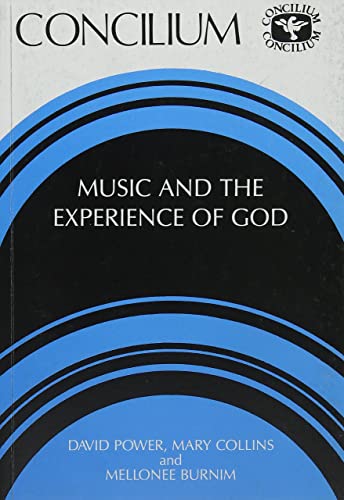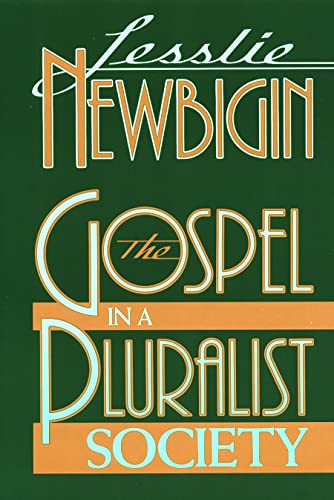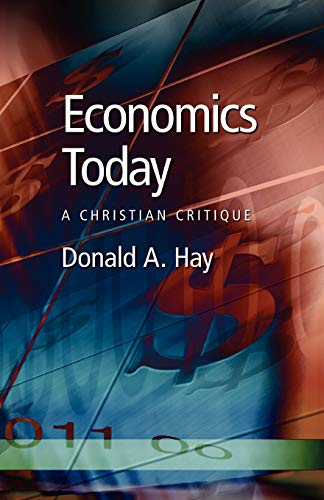Psalms: Part 1 with an Introduction to Cultic Poetry (FOTL XIV)
Written by E.S. Gerstenberger Reviewed By Tremper Longman IIIGerstenberger’s treatment of the book of Psalms is part of the rapidly appearing Forms of Old Testament Literature. The purpose of this series is to provide full discussions of the form-critical nature of the biblical texts. It is not an exegetical commentary, though the series claims that form criticism leads to exegesis. However, the focus of the series, and thus Gerstenberger’s contribution, is highly specialized. Only a small audience will find this volume interesting and/or helpful.
The first 40 pages of the book are an introduction which presents Gerstenberger’s general approach to the Psalms. He rightly identifies the bulk of the Psalms as liturgical material and then associates their origin with religious ritual. He uses insights into the sociological status of the people of God throughout their history to comment on their ritual history (p. 7). He especially notes a conflict which develops as Israel moves from a family and personal religion toward a monarchy, when the big state institutions ‘began to impose themselves upon small-group, or personal, religion’ (p. 21). Thus, he believes the monarchy changed (negatively) the kind of personal religion which the Psalms originally represented.
Also in the introductory material, he describes the chief genre types of the Psalms. He wants to base his division on ritual, whether it is special or seasonal (p. 9). He thus groups laments, complaints, and thanksgivings under the former, while hymns, royal psalms, and wisdom psalms are listed under the latter. Unfortunately, his rationale for placing genres in a certain group are not clearly stated. Further, his division of the psalms into these five types is not that unique, but his view that the wisdom psalms are connected with the cult is a minority viewpoint. These five genre categories are further broken down in the genre sections on the individual psalms. For instance, Psalm 6 is an individual complaint which is more specifically a ‘psalm of sickness’ (p. 62).
Indeed, the heart of the book is found in the treatment of individual psalms. The present volume, the first of two, examines the initial 60 poems of the book. Each psalm is described in the same way and in the same order. There are sections on text, structure, genre, setting, intention, and a bibliography. The section on structure is the major section of this commentary. Here, Gerstenberger provides an outline of the psalm’s inner form, followed by a lengthy description. This section is as close as the commentary comes to exegesis. The genre section follows and is usually based on the analysis of structure. Here, Gerstenberger asserts the genre. I use the verb advisedly: Gerstenberger does an incredible amount of asserting without suitable argumentation or explanation. This characteristic is one of the frustrating aspects of the book.
This book is a rich mine of contemporary critical psalm interpretation. Not only do we get the views of Gerstenberger, a highly respected biblical interpreter, but we also benefit from his extensive interaction with the most recent research in many different languages. Gerstenberger’s bibliographies are extremely valuable in and of themselves for the advanced student of the Psalms.
I do have, however, one major and several minor problems with the book. The major problem is that Gerstenberger gives little guidance as to the importance of his study for exegesis and theological significance. The series as a whole has a kind of schizophrenic attitude toward exegesis. This attitude is illustrated by the general editor’s preface which states both that ‘the aims of the book are fundamentally exegetical’ (p. xi), while also restricting the commentary to ‘the form-critical interpretation of the text’ (p. xii). Gerstenberger’s work, while admirably fulfilling the latter, does not lead us to the former. Thus, unlike the preface which recommends this book to a broad audience consisting of ‘students, pastors, priests and rabbis’, I could only recommend it to its primary audience of biblical scholars.
The several minor problems include his view that the enemy terminology of the psalms is ‘metaphoric throughout’ (p. 126). Is it not more reasonable and natural to assume a literal reference in this case unless there is compelling evidence (not provided by Gerstenberger at least in this volume) for the contrary? Second, many of his more specific genre classifications seem to appear out of thin air. Note, for instance, his label Messianic Hymn for Psalm 2. This designation is not even described or explained except in the glossary. Perhaps if he had provided a theoretical discussion explaining his particular understanding of genre in the introduction, the matter would be clearer. As it is, he makes only a few theoretical points in the body of his discussion, and these without much explanation (p. 194). Third, one misses any discussion or mention of the recent developments in the area of the poetics of parallelism initiated by James Kugel (The Idea of Biblical Parallelism, Yale, 1981). Indeed, the overall genre of Psalms is poetry, deserving of discussion in its own right.
For fear that I will be misunderstood, let me restate that Gerstenberger’s volume is a rich mine of information. It is like a reference book on a certain critical approach to the Psalter. In addition, even though he shows no awareness of it, Gerstenberger’s approach to the Psalms is quite avant garde from a literary perspective. His view, stated so clearly, that the Psalms are generated out of a particular ‘social matrix’ voices similar concerns to those of New Historicism, a school of thought which has unseated deconstruction as the current rage in literary circles.
In conclusion, Gerstenberger’s work is a ‘must buy’ for scholars working in the area of Psalms research.
Tremper Longman III
Westmont College Santa Barbara, California







